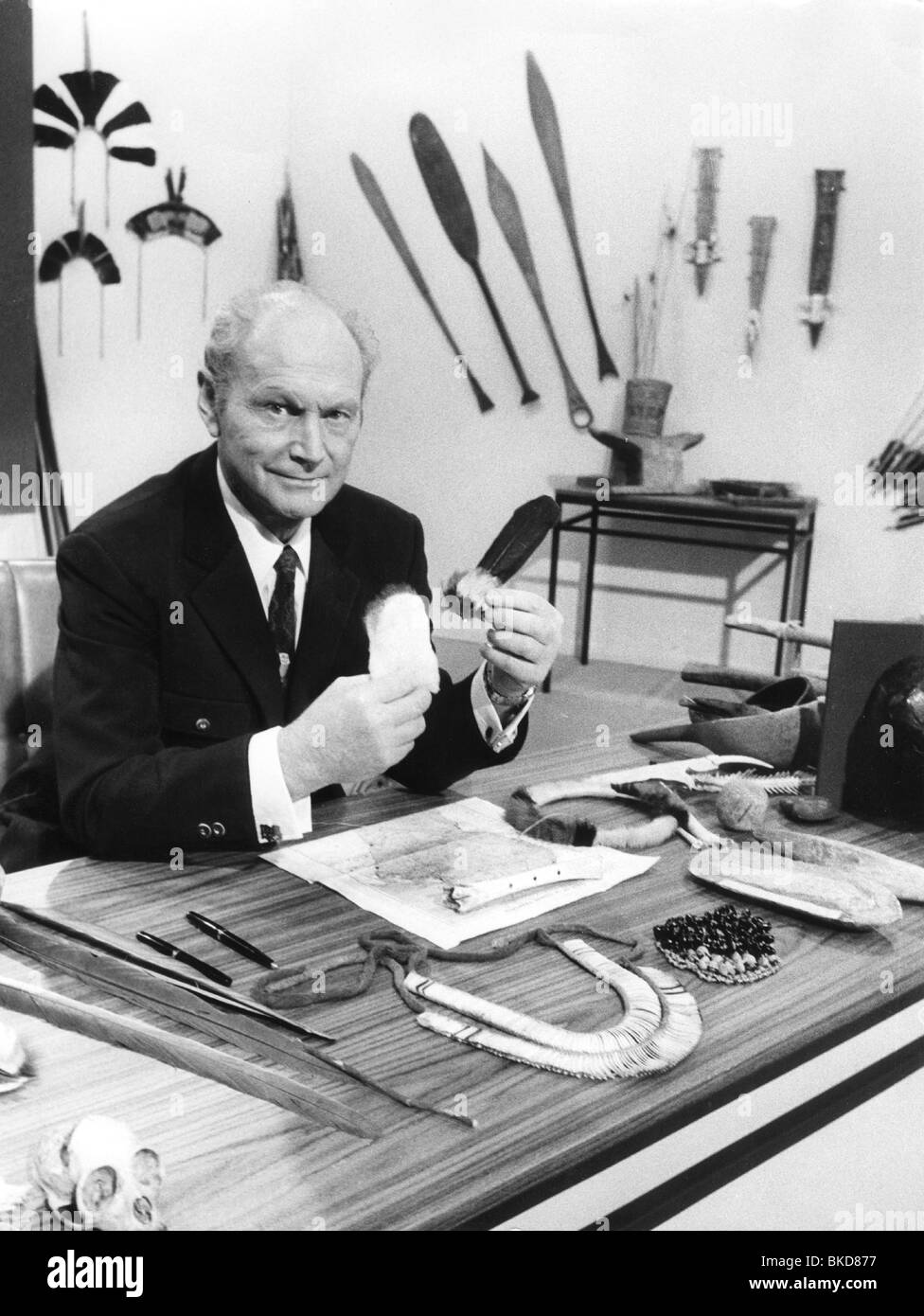Unveiling Rolf Harrer: The Inspiring Story That Will Change How You See Success. In the world of exploration and mountaineering, few names resonate with as much intrigue and admiration as Heinrich Harrer. However, beyond his towering achievements lies a story that delves deeper into the personal lives and relationships that shaped him. This narrative focuses on one pivotal figure in Heinrich's life—his son, Rolf Harrer. Through this lens, we explore themes of resilience, family bonds, and the pursuit of dreams against all odds.
Rolf Harrer's journey is more than just an appendage to his father's legacy; it’s a testament to how individual paths can intertwine yet remain distinctively unique. By examining various aspects of Rolf's life through historical records, cinematic portrayals, and literary references, we uncover layers of inspiration that redefine conventional notions of success. Join us as we delve into the fascinating details surrounding Rolf Harrer, shedding light on a lesser-known but equally compelling tale of human spirit and determination.
Austrian explorer Heinrich Harrer led a life filled with controversy and adventure, transitioning from being part of Hitler's elite SS guard to forging lasting friendships with figures like the Dalai Lama. His expeditions across high mountain passes are legendary, yet behind these grand feats lies a personal saga involving his son, Rolf Harrer. This connection adds depth to understanding not only Heinrich's character but also the broader implications of legacy and familial ties within such storied lives.
In 1993, the TV movie Das Paradies am Ende der Berge featured Philipp Kriechbaum portraying Bernie Sternbach-Stolze, while in the acclaimed film Seven Years in Tibet (1997), he played Teenage Rolf Harrer. These cinematic representations offer glimpses into young Rolf's experiences during formative years marked by separation and eventual reunion with his father. Such portrayals highlight the emotional complexities inherent in their relationship dynamics amidst global upheavals.
Heinrich Harrer's interactions with his wife, Ingrid, reveal poignant moments encapsulated in dialogues from Seven Years in Tibet. When confronted about his choices, Heinrich learns of the birth of his son Rolf during one of his climbing endeavors. This revelation underscores themes of sacrifice and missed opportunities for connection due to relentless pursuits. It paints a vivid picture of balancing ambition with familial responsibilities—a universal challenge faced by many striving individuals.
Exploring the Depths of Fatherhood Beyond Peaks
Beyond the majestic summits climbed by Heinrich Harrer, there exists a quieter yet profound journey—that of fatherhood. During his imprisonment in India, where he escaped multiple times alongside companions including Rolf, Heinrich grappled with internal conflicts regarding his role as a parent. Despite physical distances imposed by war and exploration, his thoughts often turned towards home and the growing child he had left behind.
This period tested both men differently; for Heinrich, it was about redefining priorities amid turbulent times, whereas for young Rolf, it meant navigating adolescence without immediate paternal guidance. Their eventual meeting after years apart symbolizes reconciliation between duty-bound adventures and nurturing familial bonds. Such narratives remind us that even amidst extraordinary circumstances, personal connections retain significance.
Through letters exchanged over vast geographical divides, we see glimpses of tender emotions shared between estranged father and son. These communications serve as bridges closing gaps created by prolonged absences, reinforcing the idea that love transcends temporal barriers when nurtured sincerely. Thus, Heinrich's later years reflect a man who sought balance—not merely conquering mountains but cherishing moments spent building lasting relationships.
Artistic Depictions: Cinematic Lens on Family Ties
The portrayal of Rolf Harrer in films like Seven Years in Tibet brings to life the nuanced complexities of his relationship with his father, Heinrich. Played by actor Philipp Kriechbaum as a teenager, Rolf emerges as a central figure whose presence highlights themes of longing and reunion against dramatic backdrops. Through cinematic storytelling, audiences gain insight into the emotional undercurrents driving characters caught between worlds—mountainous terrains and domestic hearths alike.
Ingrid Harrer, portrayed convincingly by Ingeborga Dapkunaite, adds another layer to this intricate tapestry of familial ties. Her interactions with Heinrich reveal tensions born out of separation and unspoken desires for normalcy amidst extraordinary events. Together, these artistic depictions create a vivid panorama exploring how personal histories shape public personas, emphasizing universal truths about love, loss, and redemption.
Moreover, such visual media serves educational purposes beyond mere entertainment. They invite viewers to ponder upon questions related to identity formation influenced by parental roles and societal expectations placed upon offspring following celebrated forebears' footsteps. Consequently, these stories resonate deeply with anyone reflecting on their own heritage or aspirations linked to ancestral legacies.
Quantum Connections Across Generations
While seemingly unrelated at first glance, advancements in mid-infrared technology spearheaded by researchers named Andreas Harrer and Rolf Szedlak draw parallels to intergenerational connections explored earlier. Just as quantum cascade lasers integrate dual functionalities enabling simultaneous emission and detection capabilities, so too do familial bonds encompass multifaceted dimensions combining support systems with mutual growth opportunities across generations.
These scientific breakthroughs symbolize harmonious coexistence of opposing forces—emission versus absorption—mirroring delicate balances maintained within families navigating diverse challenges together. Furthermore, they underscore importance of innovation driven by collaborative efforts among team members sharing common goals despite varied backgrounds—an analogy applicable to overcoming generational divides through open communication channels fostering understanding rather than discord.
Ultimately, whether discussing pioneering explorers scaling peaks or cutting-edge physicists developing groundbreaking devices, underlying principles remain consistent: success stems from recognizing interconnectedness inherent in all human endeavors. As we continue learning from past experiences while embracing future possibilities, let us remember lessons imparted by figures like Rolf Harrer who remind us value lies not solely in achieving heights but maintaining meaningful relationships throughout journeys undertaken.

